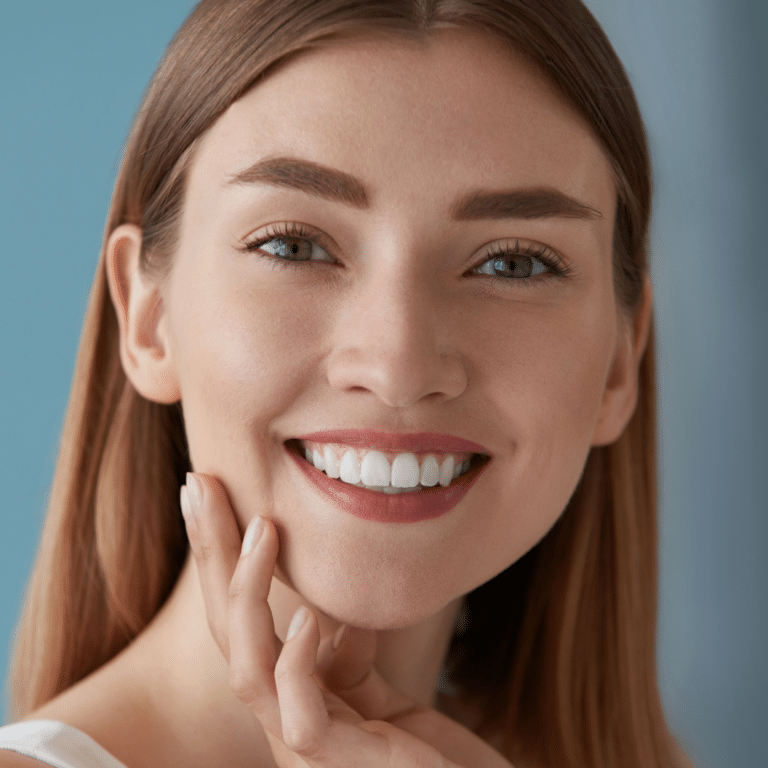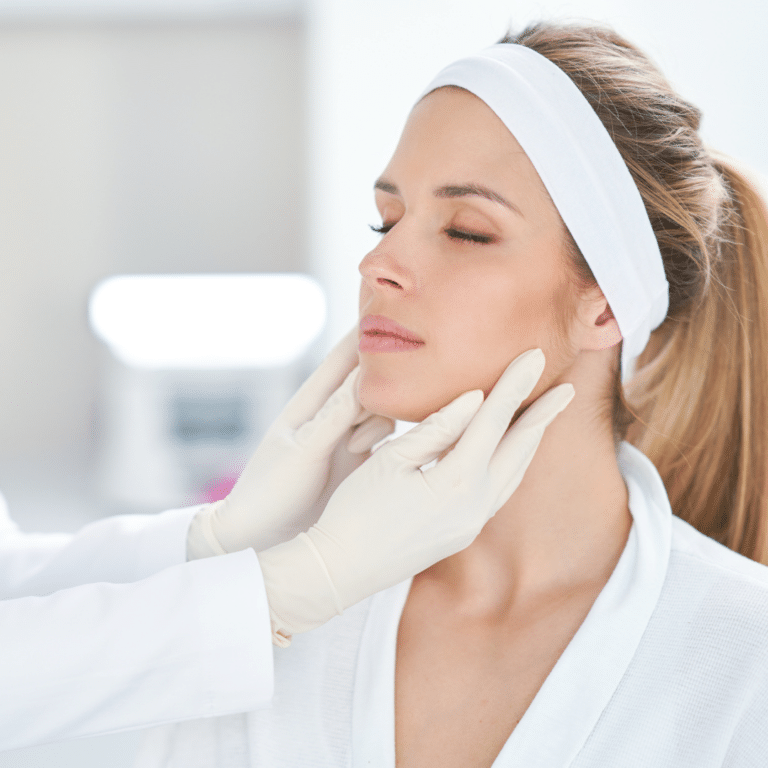Why Orthodontics & Injectables?
As an orthodontic practice, our doctors are specially trained to diagnose, prevent, and treat several dental and facial irregularities, including neuromuscular and skeletal abnormalities of the developing or mature orofacial structures. This means our doctors are uniquely qualified to properly diagnose and prescribe the appropriate application of orthodontic interventions that include using injectables like Botox®. In fact, many states medical boards already officially recognize and support orthodontists offering their patients injectables for both therapeutic and cosmetic applications.
BOTOX
TMJ

What Is Botox®?
The benefits of Botox® go way beyond preventing wrinkles. In fact, Botox® has several therapeutic benefits as well. For example, Botox® can be used to treat trigger point pain, spasms of the eyelids, neck spasms, migraines, teeth grinding or clenching as well as Bell’s Palsy, to name a few.
By far, Botox® is the most common non-invasive cosmetic treatment with over 6 million Botox® treatments administered each year, according to Medical News Today.
How Does Botox® Work?
Botox® is a highly purified protein manufactured by Allergan that comes in the form of an injectable medication. It works by blocking the signal from the nerves to the muscles, which prevents them from contracting. This causes wrinkles to relax and soften. Beyond the aesthetic applications, Botox® has also been proven useful in treating many medical conditions like the ones listed below.
By far, Botox® is the most common non-invasive cosmetic treatment with over 6 million Botox® treatments administered each year, according to Medical News Today.


Here are some of the many cosmetic uses and benefits of Botox®:
- Reduces fine lines and wrinkles in the forehead, neck and around the mouth
- Gives a refreshed appearance and enhances a beautiful smile
- Lift your lips
Currently Botox® is approved for over 20 different medical conditions, including the following therapeutic applications:
- Trigger point pain
- Blepharospasm (spasm of the eyelids)
- Idiopathic rotational cervical dystonia (severe
neck and shoulder muscle spasms) - Chronic migraine
- Teeth grinding and/or clenching
- Hemifacial spasm
5 BOTOX® MYTHS DEBUNKED.
Botox® is poison.
For Botox® to be poisonous to you, you’d have to receive over 2500 to 3000 units — that’s 25 to 30 vials! A typical Botox® treatment only uses between 50 to 100 units at most. This small dose is well under the 2500 to 3000 units you would need to experience a serious health risk.
Botox® will give you a “frozen” look.
The only people who end up with a “frozen” look are patients that went to a doctor that was not experienced in administering Botox®. The key to natural-looking results is to get the treatment done by an experienced doctor that understands the correct amount needed to achieve the best results. After all, the goal isn’t to paralyze all muscle functionality, but rather to relax over-contracted muscles that are causing your wrinkles.
Botox® will erase your wrinkles.
Unfortunately, Botox® won’t erase all your wrinkles. The truth is there are two types of wrinkles — dynamic and static. Botox® treats dynamic wrinkles by relaxing the muscle, thus improving the appearance of these wrinkles. However, static wrinkles don’t respond to Botox® and require further aesthetic treatment. Our doctors can talk to you about which treatment is best for static wrinkles if you are interested.
Botox® is only used for aesthetic reasons.
Not true. Botox® can alleviate chronic migraines, teeth clenching, teeth grinding, and numerous other issues. Many of our patients when they get Botox® for their forehead wrinkles notice that they have fewer headaches as a result. If you do suffer from teeth grinding, or clenching, or any other issue listed above, give us a call and we can schedule an appointment for you to talk to our doctors about the best treatment for you.
Botox® has immediate results.
Post-injection results aren’t instantaneous. Expect to see results within 1 to 3 days after. You’ll see maximum results between 7 to 12 days after you’ve been injected with Botox®.
JAW TENSION. TMJ.
BOTOX® CAN FIX THAT RIGHT UP.
Botox® is a great way to treat symptoms from TMJ (temporo-mandibular joint) disorders and pain caused by tension in your jaw as well. When we inject Botox® into your facial muscles that are afflicted with soreness and discomfort, the Botox® relieves the symptoms from TMJ and jaw tension by relaxing the muscles associated with the pain. The treatment can also eliminate chronic headaches, teeth grinding, and help with minimizing lock jaw.
How Does Botox® Treat Jaw Tension and TMJ Disorder?
Okay, here’s the skinny: on both sides of your head — at the point where the jawbone meets the skull, the temporo- mandibular joint (TMJ) which you use for talking, eating, drinking, and swallowing, can get sore from overuse. If this joint starts hurting, Botox® can help relieve the pain by making your muscles less powerful, which can prevent excessive pressure on the joints from overactive muscles.
By far, Botox® is the most common non-invasive cosmetic treatment with over 6 million Botox® treatments administered each year, according to Medical News Today.

WHERE DO I HAVE TO GO TO GET BOTOX® INJECTIONS?
Lucky for you, we can administer Botox® right in our office. And best of all, most of our patients experience noticeable improvement within a few days of their first treatment. And after 2 weeks, many of our patients find complete relief.
If you’re interested in learning more about Botox®, contact us so that we can schedule you an appointment with our team!